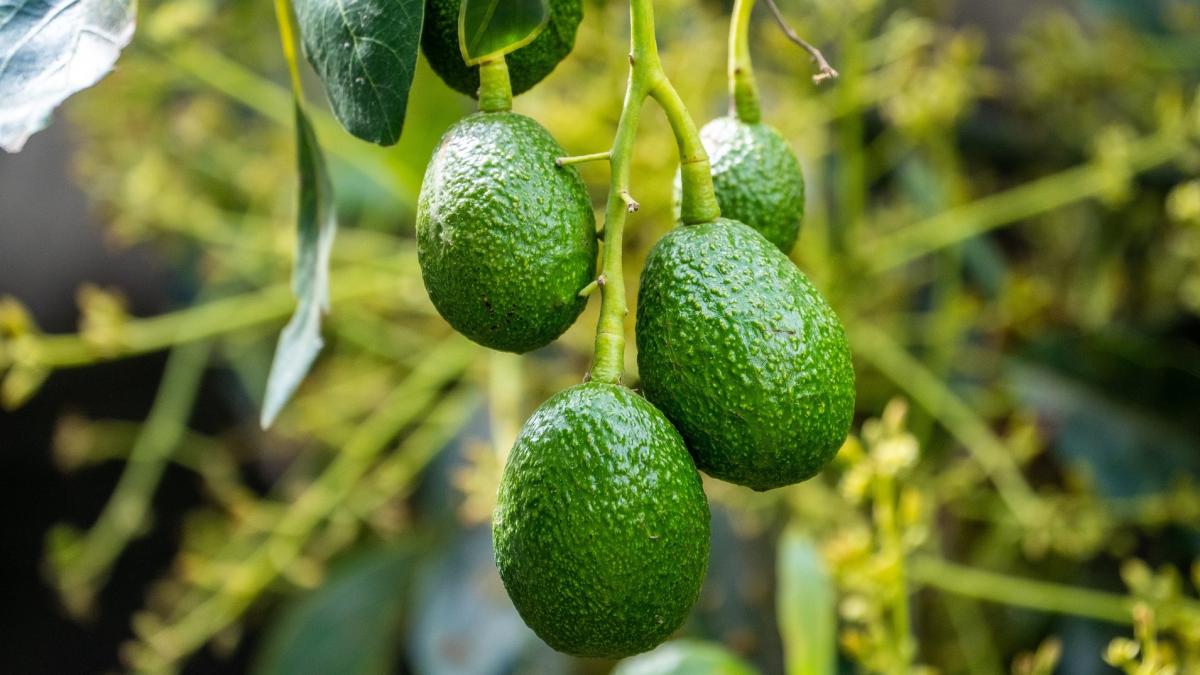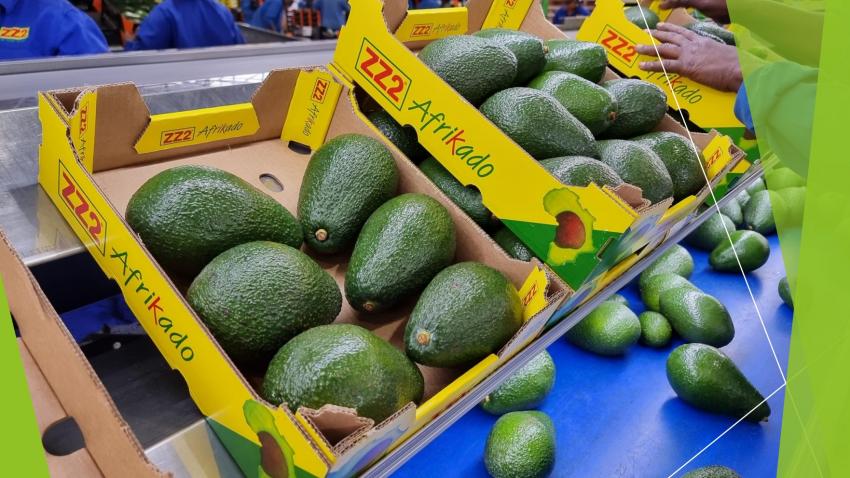You are here
Back to top2023 Peruvian Avocado Export Forecast Cut by 4%

The Peruvian Hass Avocado Growers Association (ProHass) has reduced its estimated avocado export volume for 2023 on account of a smaller fruit size. The revised forecast is 598,344 metric tons, which is 4.1% lower than the value of 624,000 metric tons projected in January. The previous forecast would have represented an increase of 12.5% over 2022, when Peru exported 554,299 metric tons of avocados globally, while the revised figure corresponds to a year-on-year increase of 8%.
Juan Carlos Paredes, president of ProHass, attributed the revision to this year’s fruit being between 10% and 15% smaller in size owing to the consequences of the La Niña phenomenon, which leads to lower sea surface temperatures in parts of the Pacific Ocean and droughts in the coastal regions of Peru. Furthermore, Cyclone Yaku, which hit Peru in March, caused abnormally high temperatures in the regions where Hass avocados are grown, further affecting fruit size and weight.
Speaking of demand, Paredes predicted that it would rise between 6% and 8% this year, matching the increase in supply from Peru. For 2024, ProHass forecasts a 10% growth in the export volume of Peruvian avocados.
According to data from ProHass, Europe has accounted for 59% of Peru’s avocado shipments so far this year, followed by the United States (14%) and Chile (10%). The final proportions, however, may vary during the second half of the export season, which is now underway.
When talking about Asian markets, Omar Díaz, director of ProHass, stated that the Malaysian market is expected to open for Peruvian Hass avocados in the short to medium term. He highlighted that consumption in China increased as a result of various advertising campaigns and new products, such as yogurt with avocado, although this increase was not astronomical.
Overall, exports to Asia are not growing rapidly. According to ProHass, transit times, which have not yet returned to their pre-pandemic levels, and potential port diversion delays, which are not covered by insurers, are the key challenges. In an effort to play it safe and avoid fruit spoilage during transit, many growers and exporters are not currently prioritizing shipments to Japan, Korea and China.
Image: Pixabay















Add new comment